
We have begun a new topic of study at SVDP-ALC for our geography class -- the history of World War Two. At SVDP-ALC, in addition to basic tutoring in subjects such as American English reading comprehension, writing, and math, and for more advanced students social studies and science, twice per week I also hold a small class on map skills or geography. This small class, which meets for about 45 minutes to an hour, has changed over time into the study of other subjects, as we saw the need. It became a drama class, a public speaking class, a history class -- where, for example, we discussed the Battle of New Orleans in 1815 and the life of Martin Luther King, Jr. , etc. -- and a current events class where the students read, write essays, and discuss topics in the news.
Soon our class hopes to take a field trip to the D-Day Museum in New Orleans, or as it is now called, The National World War 2 Museum. To prepare for this great learning experience, we are holding several small classes where we read and discuss various important facts about the most significant war in human history. The photo at left is of the world map we use for geography class and which we use for WW2 studies as well. The four small books are from my personal collection of WW2 history books; these topics from the old, out-of-print Ballantine's Illustrated History of the Violent Century which featured a then very young author named John Keegan -- the famous British historian of Oxford and Sandhurt, which is like our West Point. Keegan is the British version of America's Stephen Ambrose, who taught history at the University of New Orleans. The books in the photo are about Pearl Harbor, the Flying Tigers, Genocide (the Nazi mass murders), and D-Day (the battle at Normandy). Ballantine published many more books in this fine series. I have some more plus other WW2 books which the students will get a chance to review. Plus, we use information from the internet; and we also can make good use of the public library, as one of our goals is to have the students learn how to properly use a library.
The large book in the center was a donation to our school from the father of a friend of mine from my days at Jesuit High School in New Orleans (and who has stayed a friend for some 30 plus years). The father was a USAAF B17 bomber pilot in World War 2 and flew many missions over Nazi-occupied Europe, and after the war he became a medical doctor and taught at Tulane Medical School. After he retired he wrote an account about his experiences in the war, and he has donated a copy his book to our school. Dr. Robert Burch's book World War 2: A Pilot's Experience has a proper place of honor at SVDP-ALC.
One of our more advanced students, who wanted to join the US Marines, has already read passages from the book and was fascinated by it. We hope to have our students read selected passages, discuss them, learn from them, and write essays about what they learned about WW2. All of our students are encouraged to read the whole book too, of course, because it is so interesting. (It is more than about WW2 but also about life in Louisiana in the war years.) But by using selected passages, and analyzing these, the book can facilitate the learning of various literacy skills, as well as teach history.
Our thanks again to Robert R. Burch, M.D. for providing our school with an outstanding book and an insight into WW2 by someone who was there. Our school and our students will absolutely benefit from your experience and your writings.
--Adrian
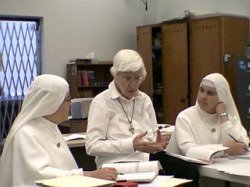
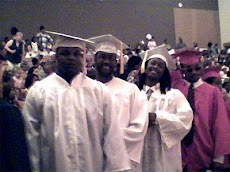
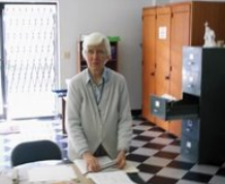


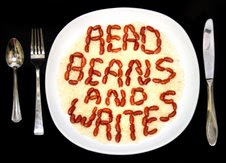
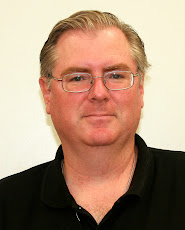

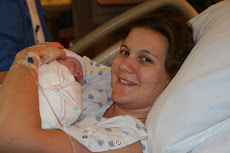
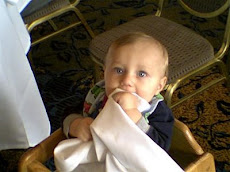
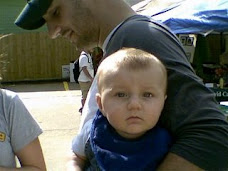



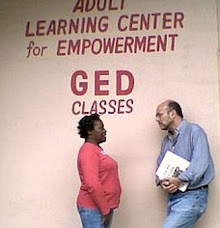

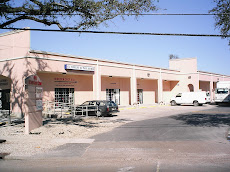


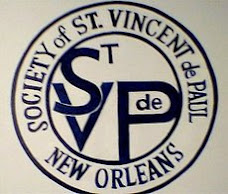
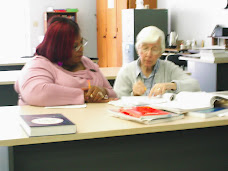
No comments:
Post a Comment